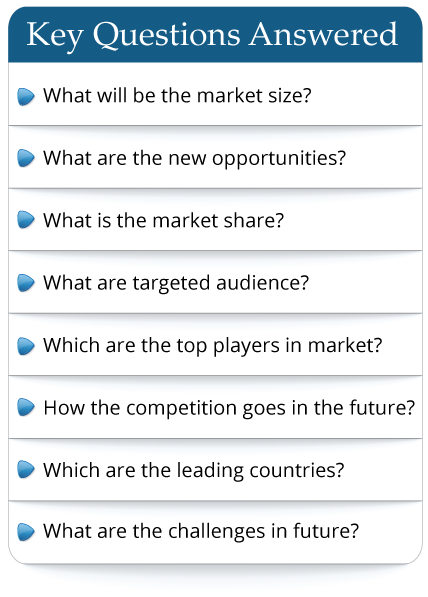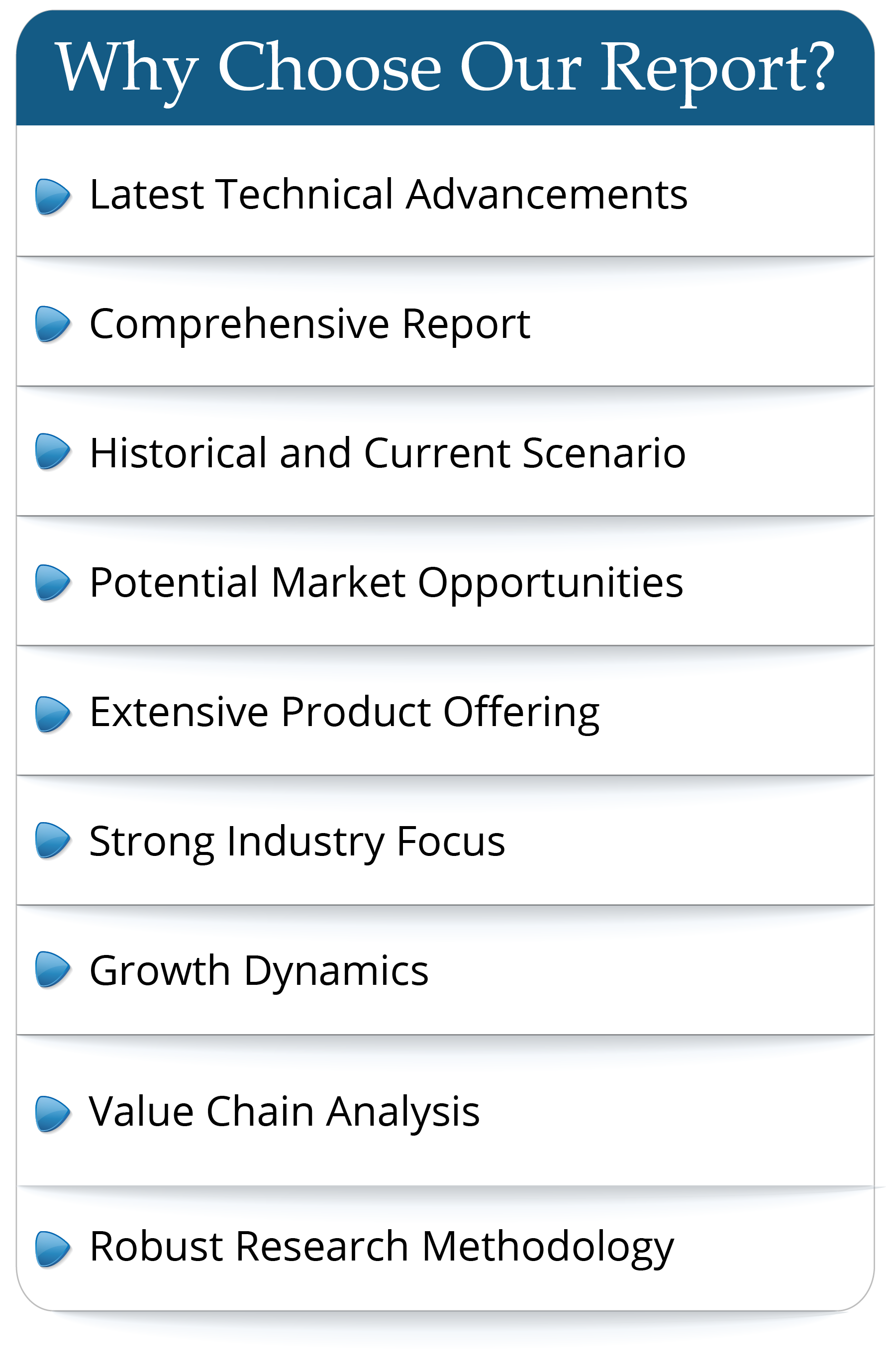Global Food E-Commerce Industry Research Report, In-depth Analysis of Current Status and Outlook of Key Countries 2023-2028
Market Overview
of Global Food E-Commerce market:According to our latest research, the global Food E-Commerce market looks promising in the next 5 years. As of 2022, the global Food E-Commerce market was estimated at USD 224903.86 million, and it?s anticipated to reach USD 560544.48 million in 2028, with a CAGR of 16.44% during the forecast years.
Food E-Commerce refers to the market where food is sold online, and retailers or brands sell food directly to customers through the Internet.
Region Overview:
Geographically, Asia Pacific held the largest market share ? 50.84% in 2021.
Company Overview:
Amazon is one of the major players operating in the Food E-Commerce market, holding a share of 7.88% in 2022.
Amazon
Amazon is the largest online e-commerce company in the United States, located in Seattle, Washington. It was one of the first companies to start e-commerce on the Internet. Amazon was founded in 1995. At the beginning, it only operated online book sales. Now it has expanded into a wide range of other products and has become the world's largest online retail product. The company and the world's second largest Internet company, under the company name, also include Alexa Internet, a9, lab126, and Internet Movie Database (IMDB) and other subsidiaries.
Tesco
Tesco PLC, through its subsidiaries, operates as a food retailer. The Company offers online retailing, brick and mortar supermarkets, and a private-label brand of products. Tesco provides its services primarily throughout Europe, with additional activities in Asia.
Segmentation Overview:
By type, Traditional segment accounted for the largest share of market in 2021.
Traditional
Traditional channels include traditional superstores, supermarkets, chain convenience stores, and individual grocery stores. These channels integrate online and offline, reconstructing people, goods, and markets to create a new shopping experience.
Online-Only
Online-Only channels refer to online transactions, which greatly saves shopping time and eliminates shopping fatigue. Secondly, the online store simplifies the intermediate link from the manufacturer to the retailer, saving the rent, labor costs, industrial and commercial water and electricity fees, inventory fees, and other miscellaneous expenses that need to be paid for physical sales sites.
Application Overview:
The market's largest segment by application is the segment Household, with a market share of 87.34% in 2021.
This report covers a research time span from 2018 to 2028, and presents a deep and comprehensive analysis of the global Food E-Commerce market, with a systematical description of the status quo and trends of the whole market, a close look into the competitive landscape of the major players, and a detailed elaboration on segment markets by type, by application and by region.
Key Takeaways from the Global Food E-Commerce Market Report:
Market Size Estimates: Food E-Commerce market size estimation in terms of value and sales volume from 2018-2028
Market Trends and Dynamics: Food E-Commerce market drivers, opportunities, challenges, and risks
Macro-economy and Regional Conflict: Influence of global inflation and Russia & Ukraine War on the Food E-Commerce market
Segment Market Analysis: Food E-Commerce market value and sales volume by type and by application from 2018-2028
Regional Market Analysis: Food E-Commerce market situations and prospects in North America, Asia Pacific, Europe, Latin America, Middle East, Africa
Country-level Studies on the Food E-Commerce Market: Revenue and sales volume of major countries in each region
Food E-Commerce Market
Competitive Landscape
and Major Players: Analysis of 10-15 leading market players, sales, price, revenue, gross, gross margin, product profile and application, etc.Trade Flow: Import and export volume of the Food E-Commerce market in major regions.
Food E-Commerce Industry Value Chain: Food E-Commerce market raw materials & suppliers, manufacturing process, distributors, downstream customers
Food E-Commerce Industry News, Policies & Regulations
Key players in the global Food E-Commerce market are covered in Chapter 12:
Kroger
Rakuten
Tesco
Costco
JD.com, Inc
Peapod
Ocado
Alibaba Group
Sainsbury's
Carrefour
E.Leclerc
Target
Amazon
Walmart
Albert Heijn
In Chapter 2 and Chapter 15.1, based on types, the Food E-Commerce market from 2018 to 2028 is primarily split into:
Traditional
Online-Only
In Chapter 3 and Chapter 15.2, based on applications, the Food E-Commerce market from 2018 to 2028 covers:
Household
Commercial
Geographically, the detailed analysis of consumption, revenue, market share and growth rate of the following regions are covered in Chapter 7, 8, 9, 10, 11, 15.3, 15.4:
North America (Covered in Chapter 7)
United States
Canada
Asia-Pacific (Covered in Chapter 8)
China
Japan
India
South Korea
Southeast Asia
Australia
Others
Europe (Covered in Chapter 9)
Germany
France
UK
Italy
Spain
Russia
Poland
Others
Latin America (Covered in Chapter 10)
Mexico
Brazil
Argentina
Others
Middle East and Africa (Covered in Chapter 11)
GCC Countries
Africa
Others
The data of this research report is mainly obtained from industry associations, magazines, press releases, national customs, annual reports of enterprises, expert interviews, paid databases and other channels with authority. It also provides scientific forecasts of the industry's core development indicators through professional analysis and forecasting models.
In short, whatever role you take in this industry value chain, this report will help you or your company to acquire a systematic and in-depth understanding of the industry.
Chapter Outline
This report consists of 16 chapters. Below is a brief guideline to help you quickly grasp the main contents of each chapter:
Chapter 1 starts the report with an overview of the Food E-Commerce market, as well as the definitions of the target market and the subdivisions. Through the presented global market size, regional market sizes, and segment market shares, you will be able to draw an overall and comprehensive picture of the market situation. Meanwhile, the research method and data source will be shared in this chapter.
Chapter 2 and Chapter 3 breaks down the market by different types and applications, with historic data presented in metrics of sales volume, revenue, market share and growth rate.
Chapter 4 elaborates on market dynamics and future trends in the industry, which contains an in-depth analysis of market drivers, opportunities, challenges, and risks. Other essential factors that will have a major impact on the market, i.e., industry news and policies in recent years, global inflation, and regional conflict, are also taken into consideration.
Chapter 5 compares the sales volume and revenue of the major regions across the globe, which enables the readers to understand the regional competitive pattern.
Chapter 6 is the analysis of the trade flow. Import volume and export volume are revealed on a regional level.
Chapters 7-11 focus on country-level studies. Data from the major countries in each region are provided, showing the current development of the industry in different countries. Besides, you will also find qualitative trends analysis under global inflation under each of the 6 regions.
Chapter 12 first up presents the competitive landscape by displaying and comparing the revenues, sales volumes, and market shares of the top players in the market, followed by a company-by-company analysis of all the major market participants with introductions of their products, product applications, company profiles, and business overview. In addition, their competitiveness is manifested through numbers of sales volume, revenue, price, gross and gross margin.
Chapter 13 looks into the whole market industrial chain, ranging from the upstream key raw materials and their suppliers to midstream distributors and downstream customers, with influences of global inflation taken into consideration.
Chapter 14 is perfect for those who wish to develop new projects in the industry. This chapter sheds a light on industry entry barriers and gives suggestions on new project investments.
Chapter 15 forecasts the future trend of the market from the perspective of different types, applications, and major regions.
Chapter 16 is the conclusion of the report which helps the readers sum up the main findings and insights.
Years considered for this report:
Historical Years:
2018-2022Base Year:
2022Estimated Year:
2023Forecast Period:
2023-2028Frequently Asked Questions
This market study covers the global and regional market with an in-depth analysis of the overall growth prospects in the market. Furthermore, it sheds light on the comprehensive competitive landscape of the global market. The report further offers a dashboard overview of leading companies encompassing their successful marketing strategies, market contribution, recent developments in both historic and present contexts.
- By product type
- By End User/Applications
- By Technology
- By Region
The report provides a detailed evaluation of the market by highlighting information on different aspects which include drivers, restraints, opportunities, and threats. This information can help stakeholders to make appropriate decisions before investing.
Please Select a Format












